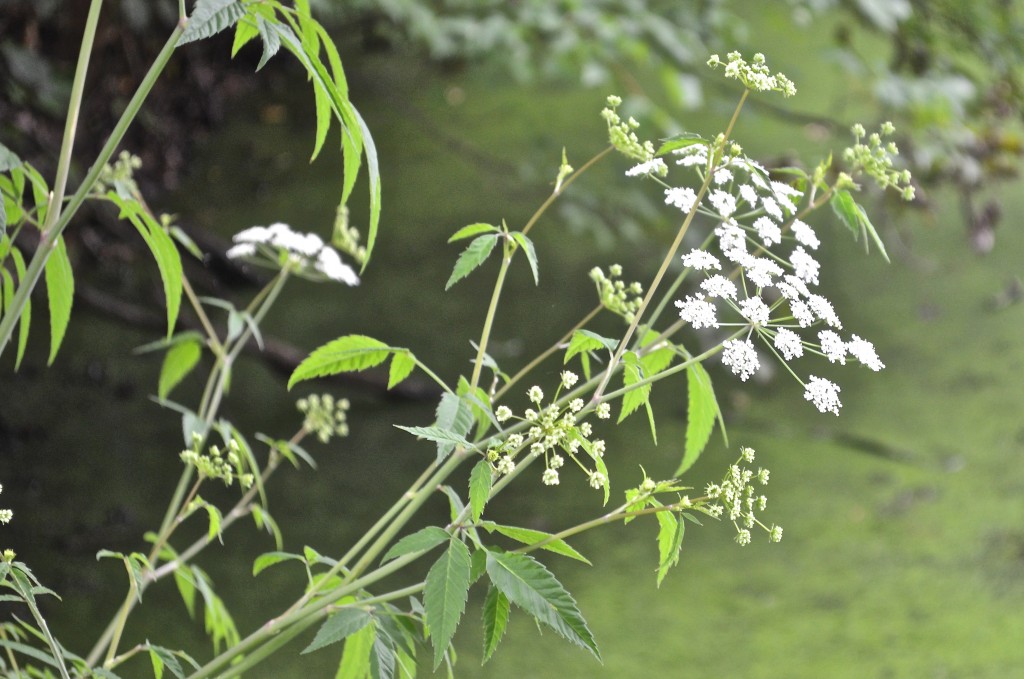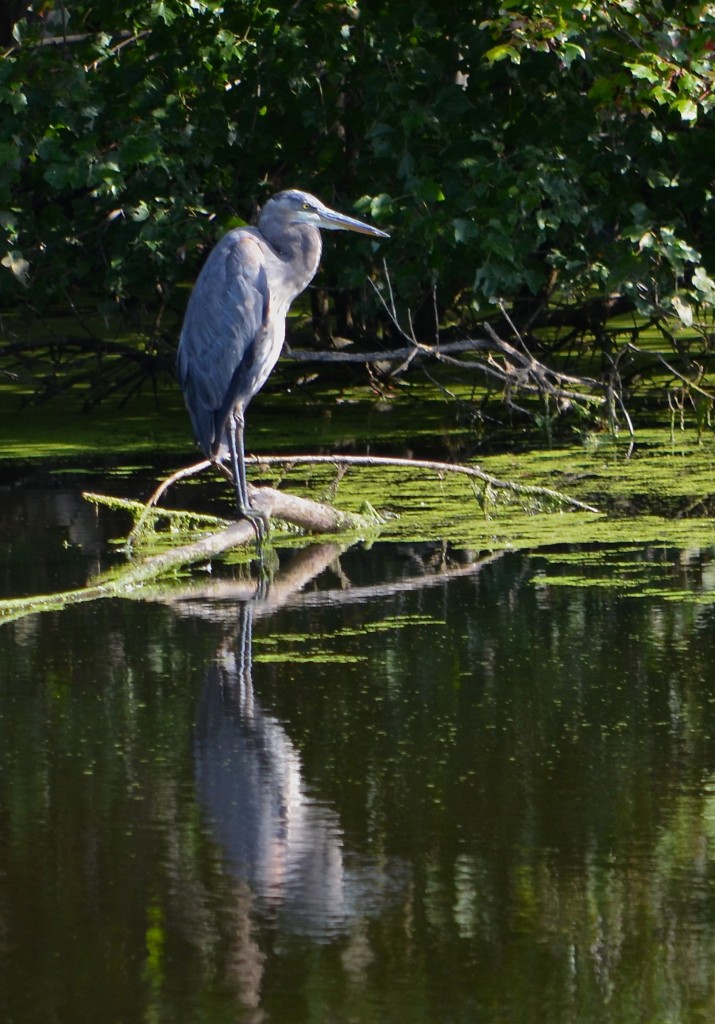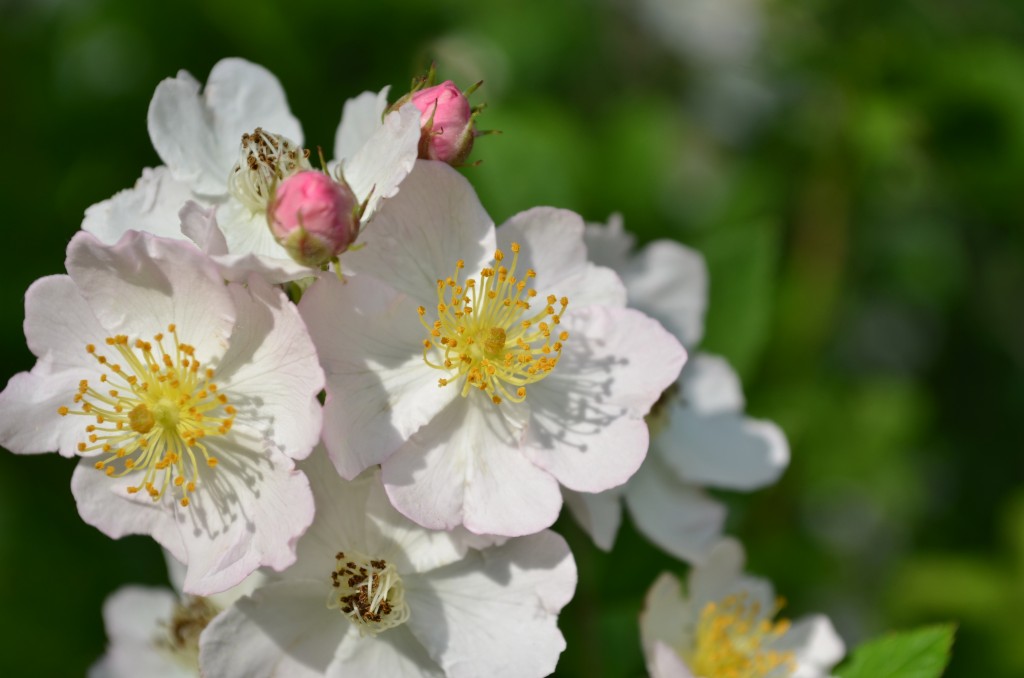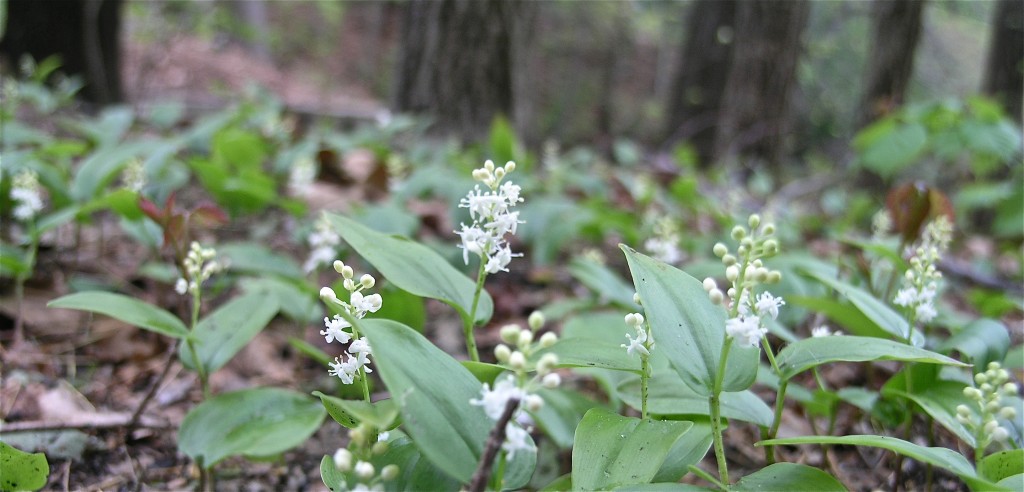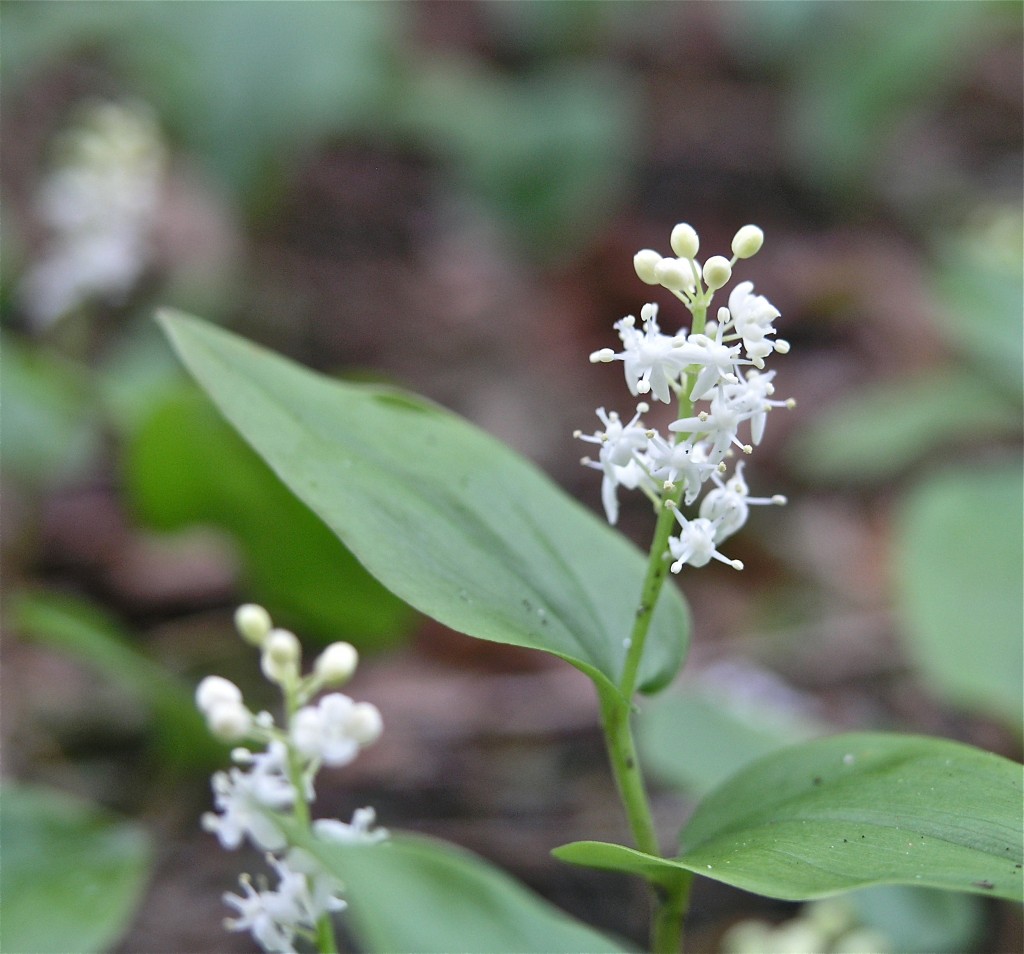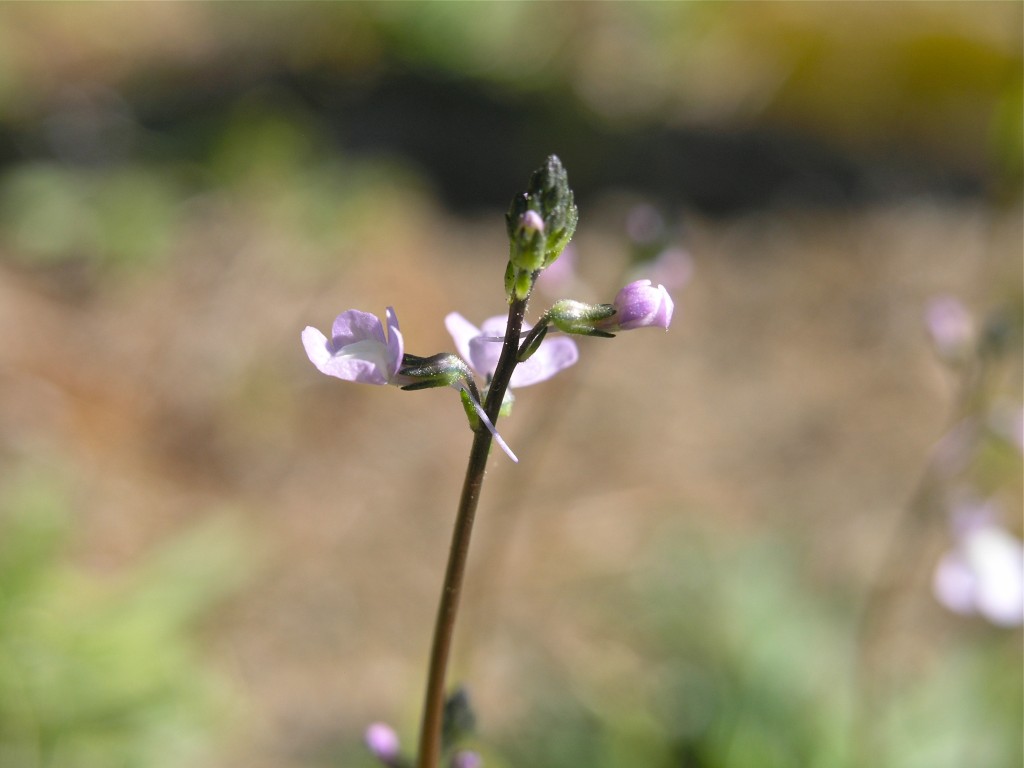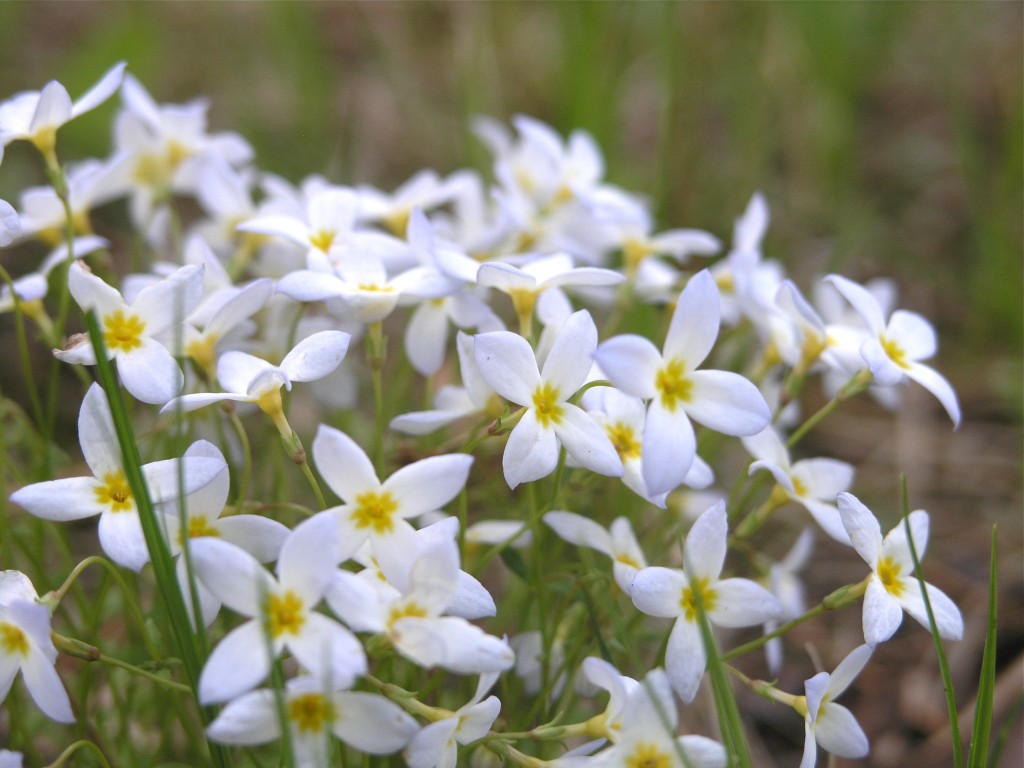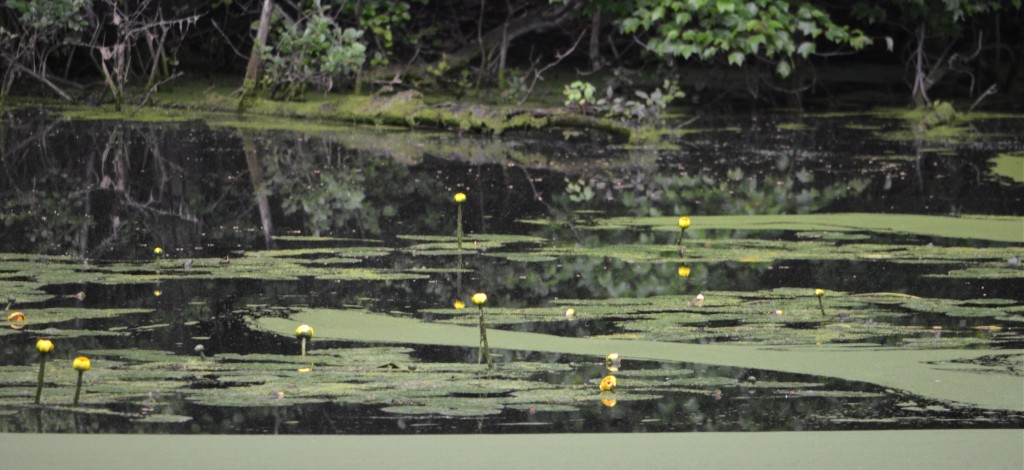
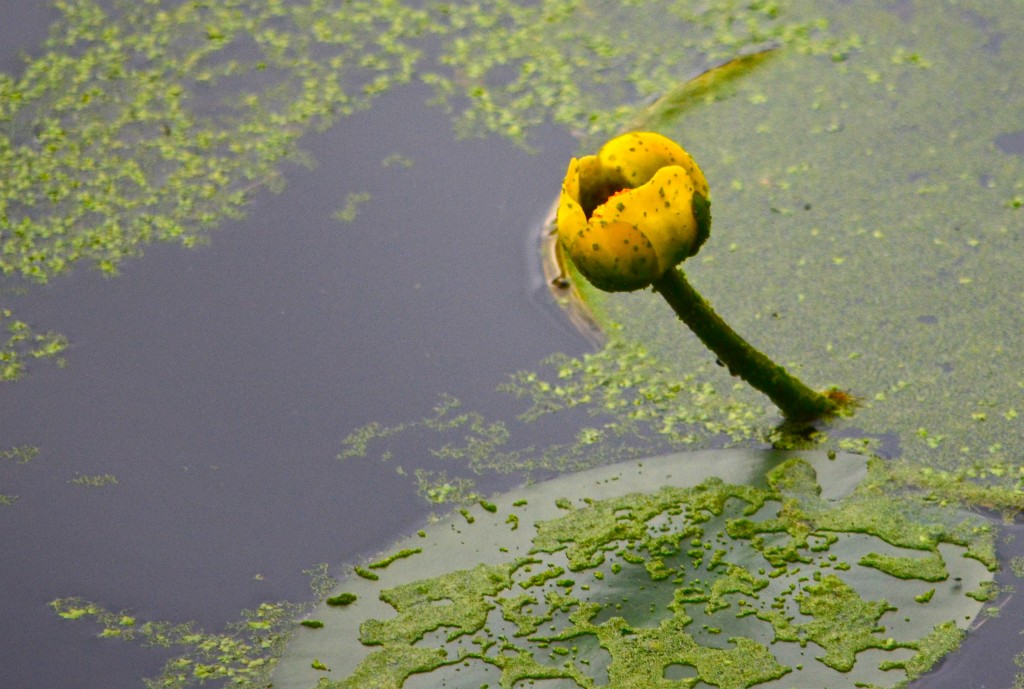 A rooted plant with floating leaves. In early spring the leaves are light green and below the surface, but by late spring they float on the water, and in summer, they often stand above the water. They have long horizontal roots in the lake’s sediments. The roots can be up to 6 inches in diameter and several feet long. The flower gives off a strong brandy-like odor that attracts insects.
A rooted plant with floating leaves. In early spring the leaves are light green and below the surface, but by late spring they float on the water, and in summer, they often stand above the water. They have long horizontal roots in the lake’s sediments. The roots can be up to 6 inches in diameter and several feet long. The flower gives off a strong brandy-like odor that attracts insects.
Many cultures ate the roots cooked or dried and ground into flour for baking. The seeds were ground or popped like popcorn. The leaves and roots were used for dyeing and tanning. Leaves used to stop bleeding! and the roots as a pain remedy. Seeds are eaten by birds, and muskrats and beaver eat the roots. Native.
Yellow Pond Lily, Spatterdock, Cow Lily, Bullhead Lily (Nuphar lutea)
Bonus picture: other denizens of the pond.

